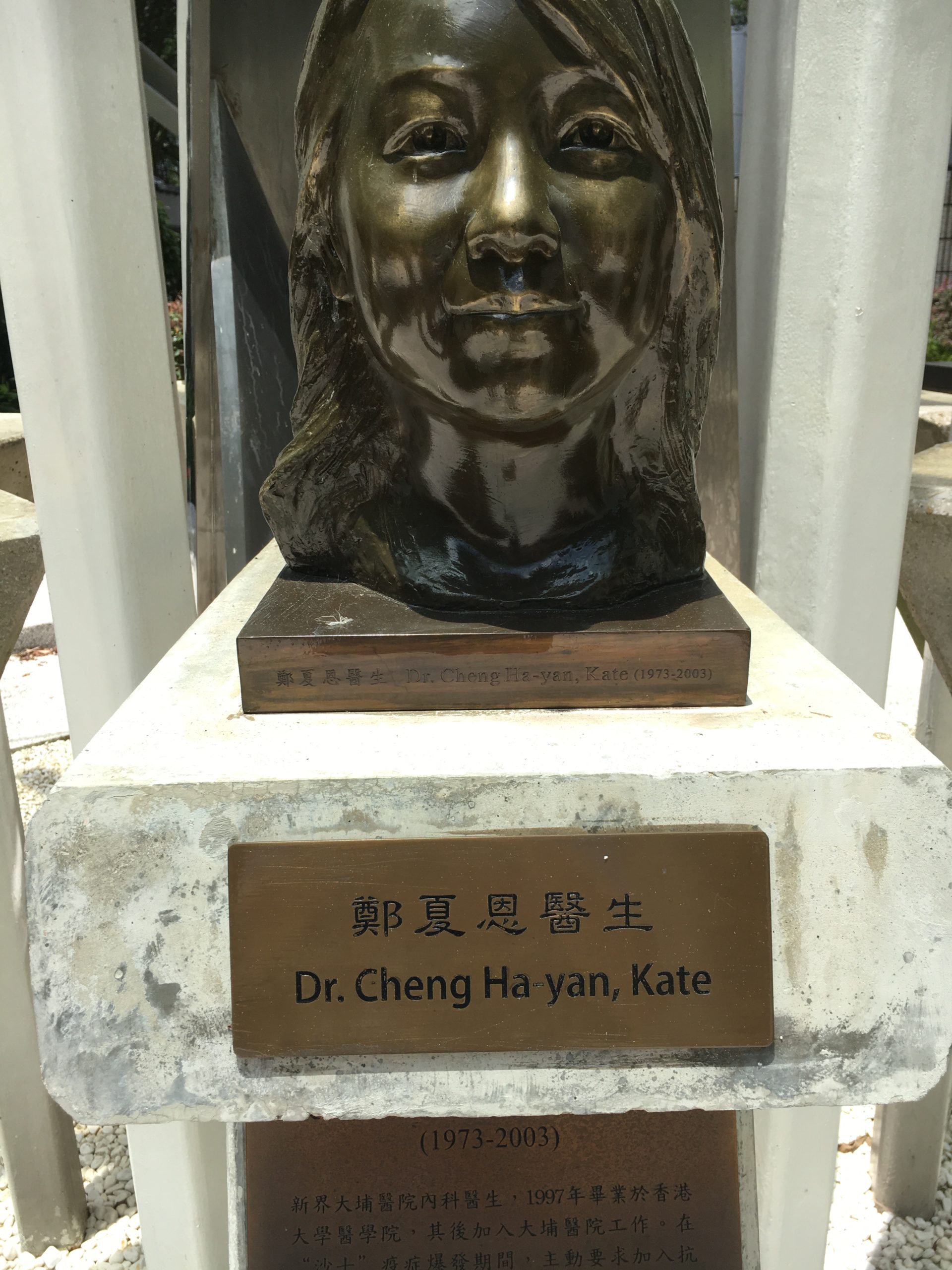Cruise ships, travel restrictions and fear

It is time for a hard discussion in the field of global health. In an earlier blog post I talked about how quarantine saved American Samoa during the 1918 influenza pandemic, whereas Western Samoa (now Samoa) lost nearly a quarter of its population. In the latter case, a single ship from New Zealand named the Tahune brought the virus. This video, “1918 Samoa & The Talune – Ship of Death” on YouTube shows the impact that this single ship had on the island’s history. At that time decisions about quarantine and trade were not made by the island’s inhabitants themselves, but rather by colonial administrators. Similarly, in Labrador the Moravian supply ship Harmony brought the 1918 influenza to Indigenous communities, which destroyed some entire population centers. You can see the human cost of this experience in the video, “The Last Days of Okak,” which Newfoundland archives has placed on YouTube.
The point with these two examples is that neither of communities that were affected had any say in the travel restrictions that could have protected them. Those decisions were made elsewhere. In American Samoa a harsh quarantine saved people. Of course there were economic costs to the quarantine, but those were ephemeral, whereas the lost lives in Western Samoa were permanent. But there is another lesson to the experience of these islands. The case fatality rate for the 1918 influenza was perhaps two percent globally. But there were communities (such as in Alaska) where the fatality rate was drastically higher. Some populations are more vulnerable than others, based on isolation, poor health care facilities, economic deprivation, lack of sufficient living space, and other factors. As in 1918, we may see drastic differences in fatality rates with COVID-19. …
